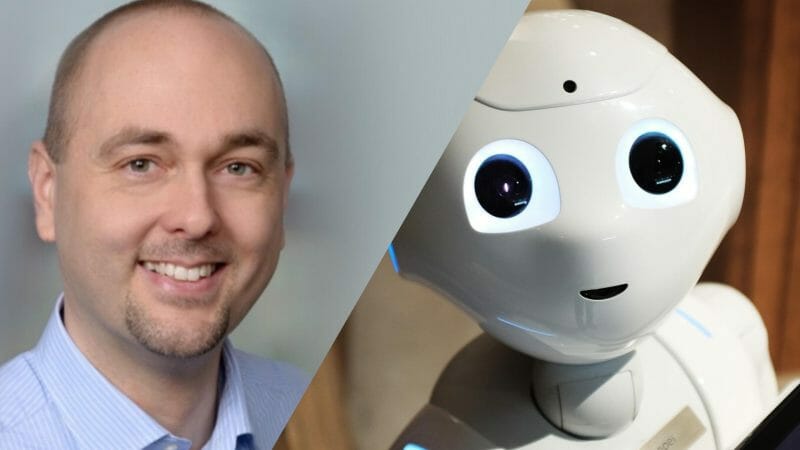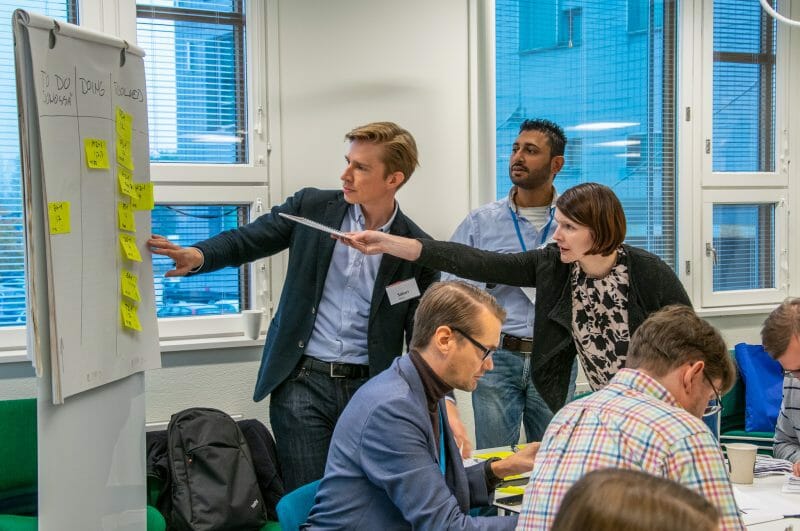A Customer case: From 2 minutes to 30 seconds
Now that you have an idea what OCR technology is and what it is capable of, let us present to you one of our recent projects with an energy company that combines Robotic Process Automation (RPA) with Optical Character Recognition (OCR) whereby data was extracted from scanned time sheets and transferred into an ERP software. RPA and OCR are complementary technologies, and many organizations have already integrated them seamlessly to automate processes end to end. Together, they create the sort of efficiency that forward-thinkers will turn into competitive advantage by cutting down processing time to less than a quarter.
Earlier this year, a team from Sofigate had visited the headquarters of the energy company for a series of inspiration workshops featuring people from various verticals and organizational units. The workshops were designed to help our client better understand RPA as a technology and a discipline, alongside mapping various processes that have the potential for automation. These workshops have produced over 20 processes that were ripe for automation, five of which needed an element of OCR to digitize data from physical scanned papers.
The most significant process with an OCR element was the time registration process for all contractors and sub-contractors working for the energy company in more than 70 sites around the globe. These employees, because of various reasons, are still registering their hours on physical papers to be later manually processed by a central HR unit. This process has proven to be time-consuming and costly.
The benefits from automating this process were obvious so a business case was made immediately and a Sofigate team including an RPA developer, an OCR expert and a business analyst was assembled. The assignment took only a month through which the team, with the help of the energy company, RPA developers was able to develop a process that performs the following in this order:
- Constantly check a shared hot folder where timesheets were placed from various locations around the world.
- Analyze the timesheets and match them with pre-designed document definitions that triangulates data fields across the oceans of 1s and 0s that the documents represent.
- A condition is established here whereby:
- If ABBYY (the OCR software used) is less than 95% confident about a certain character or word, they are automatically assembled in a batch and sent to a verifier (human user) for verification.
- If ABBYY is more than 95% confident of what it has processed, data is extracted and exported into CSV format.
- A UiPath Robot (RPA software) then logs into an ERP software, pick up the CSV files and input the data following a pre-established naming convention.
Prior to introducing this solution to the company, this process used to take up to 2 mins to perform. Now, every timesheet takes less than 30 seconds including verification time.
If you’re starting to picture how the “digital employees” of cutting-edge RPA and OCR tools can work together for your team, then please reach out today. We look forward to helping you address the challenges and seize the opportunities you see every day in your most critical workflows.


